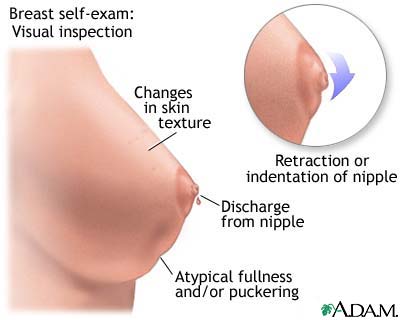
Liver cancer is a kind of cancer in which malignant cells are discovered in the liver, the second largest organ in our body. The liver weighs about 2 to 6 pounds and is found in the right upper stomach. The liver has a lot of obligations, such as detoxifying substances, secreting bile and metabolizing carbohydrates, fats and proteins.
The liver, like other organs in our body, is susceptible to ailments, including cancer. there are various types of cancer that may develop in the liver of adults, including:
* hepatocellular carcinoma, also known as hepatoma (most common type of liver cancer) * cholangiocarcinomas
Liver cancer can also be categorized as secondary or primary . Cancer that has originated in the liver is primary liver cancer. Secondary liver cancer is cancer that has spread to the liver from another area in the body.
Kids can develop a unusual kind of liver cancer called “hepatoblastoma.” Considering that hepatoblastoma is very uncommon and is a childhood cancer, this article will exclusively reference adult primary liver cancer.
Liver Cancer Indicators
Liver cancer does not show any indicators in the early stages. As the disease progresses, indicators of liver cancer include:
unintentional weight loss jaundice (the yellowing of the skin and eyes) loss of appetite pain or discomfort that occurs in the right shoulder blade pain and/or discomfort on the right side of the abdomen
Diagnosis of Liver Cancer
Blood work (such as liver function tests), a hepatitis panel, and tumor markers are typically the first steps in diagnosing liver cancer. one specific test, the alpha-fetoprotein tumor maker test (AFP), may be ordered for screening liver diseases. The measurement of the volume of substances in the body released by cells and organs is a tumor marker test. Several times, an increase in the level of these substances can indicate certain diseases. The AFP test can indicate liver cancer if there is a raise in certain levels.
A liver biopsy may be obtained in the course of laparoscopic surgery as well. Transjugular biopsy is not as common, but it is an option when there is a worry about blood clotting or excessive fluid in the abdomen.
In the end, it is a biopsy that establishes whether cancer is existing or not. Through a liver biopsy, a really small needle is put in to the liver by means of a small incision made in the skin. The biopsy needle retrieves a little sample of liver tissue, and the needle is taken out. you are provided a local anesthetic for the process, and it is performed generally on an outpatient basis at a hospital.
For more information go to Liver Cancer Symptoms or visit Liver Cancer Signs and Symptoms blog.